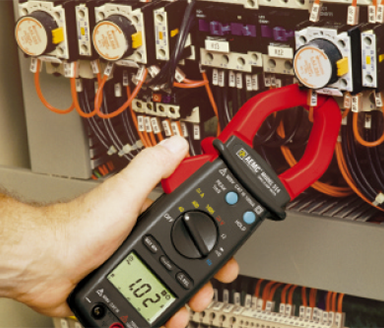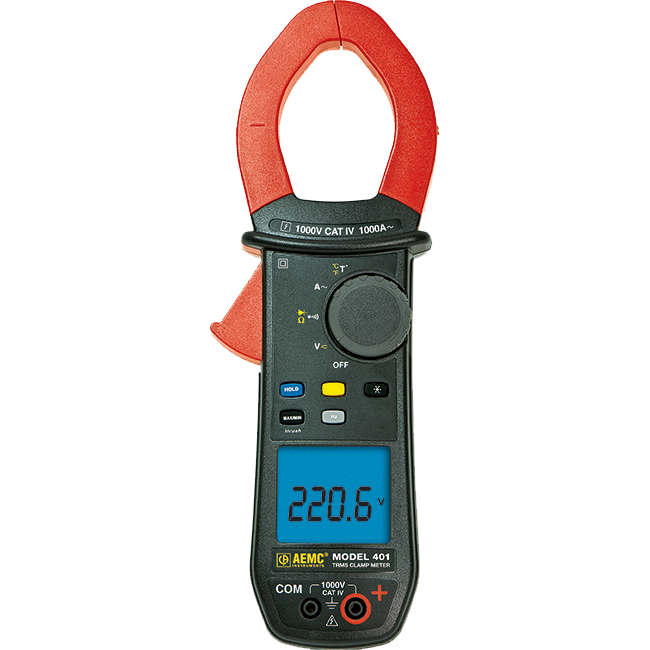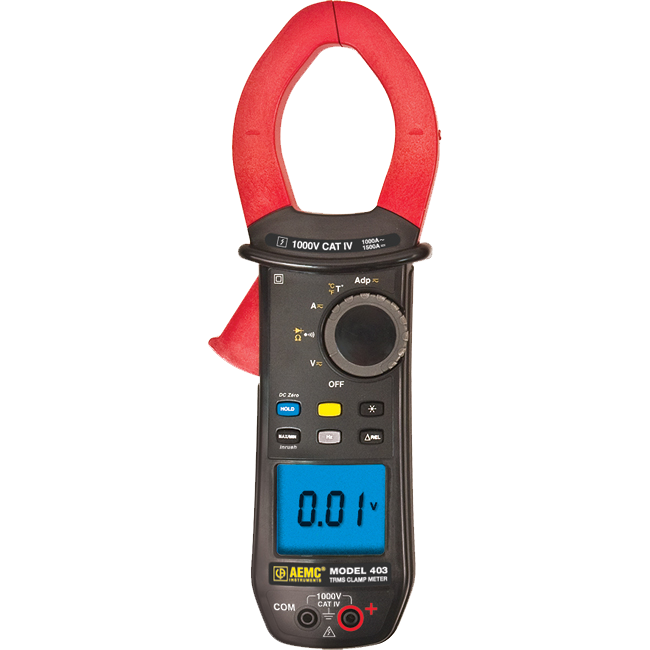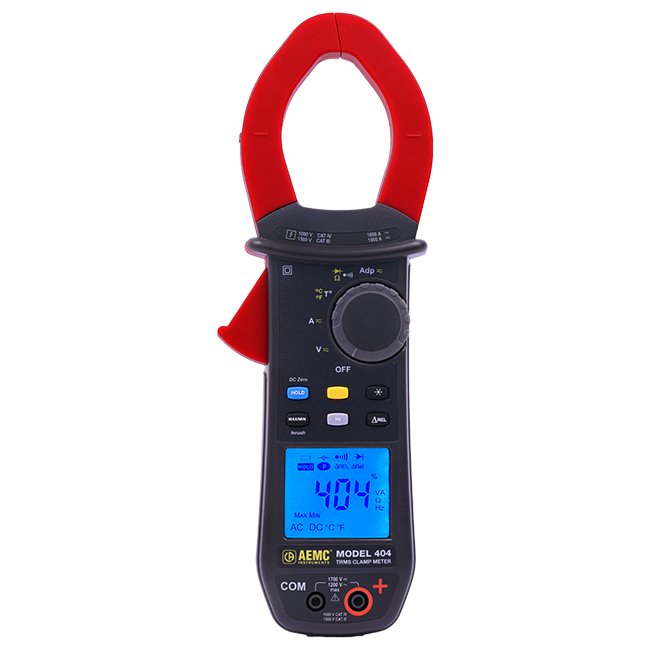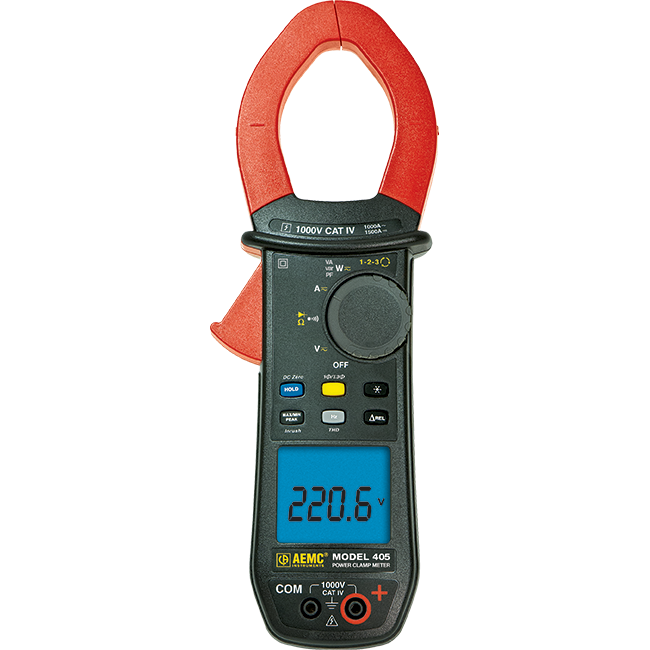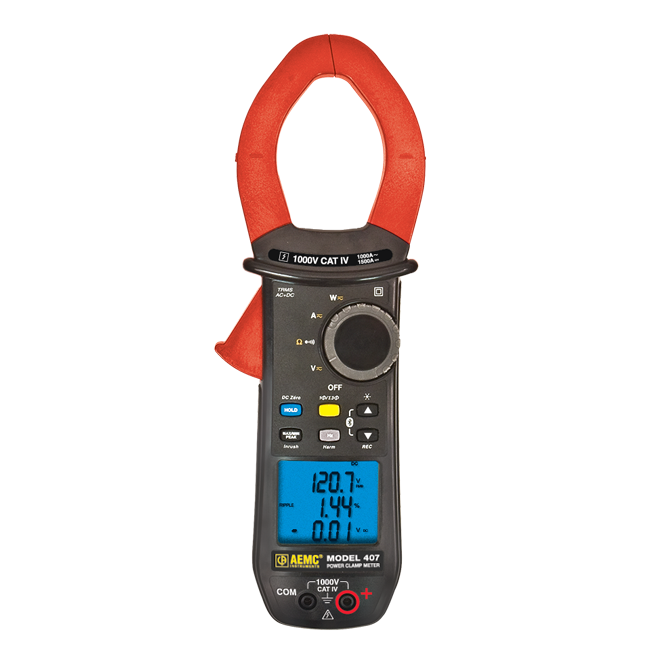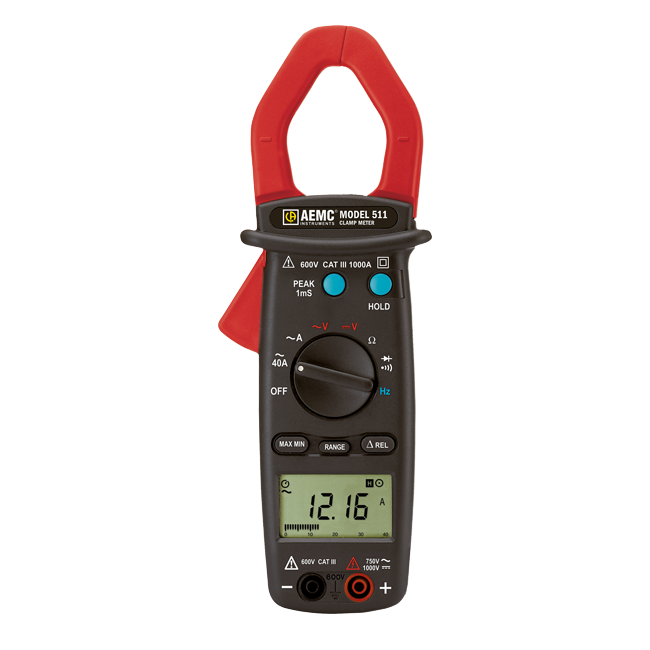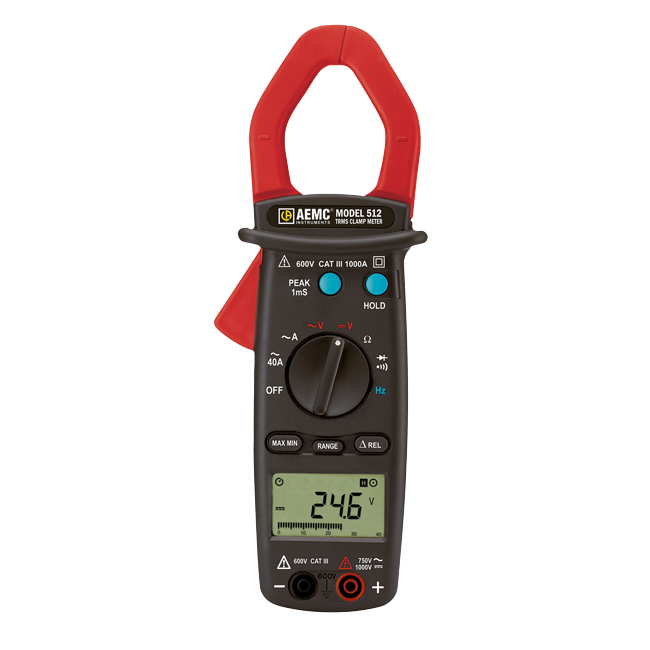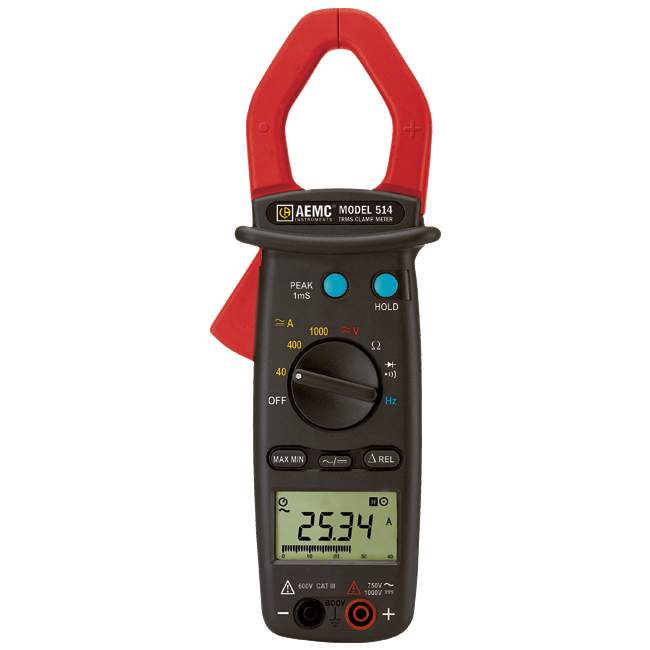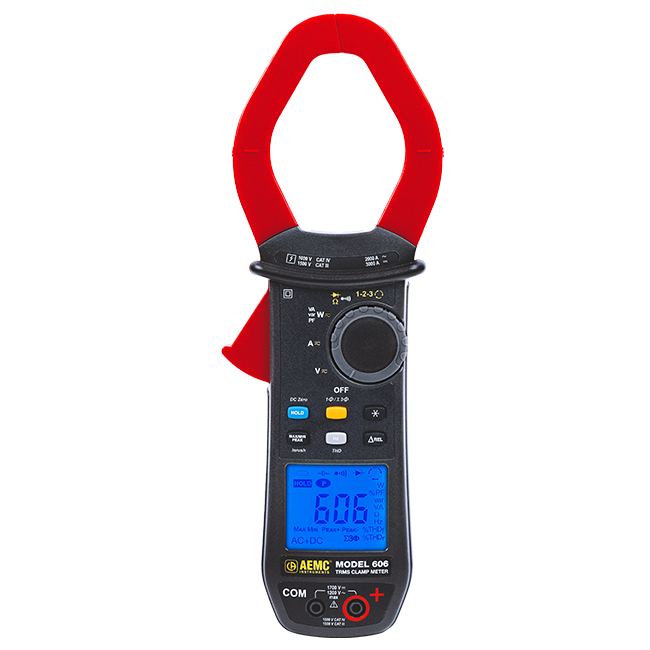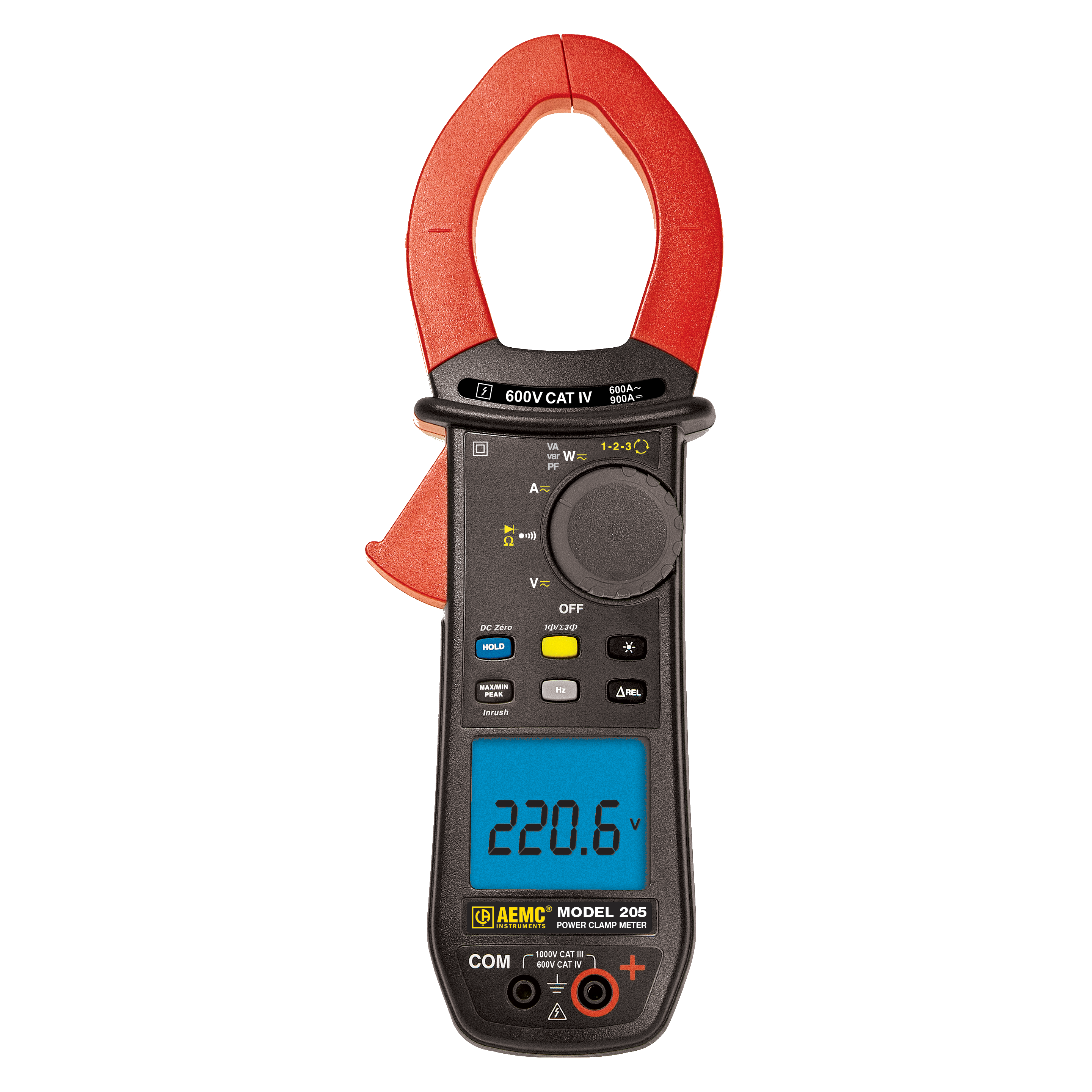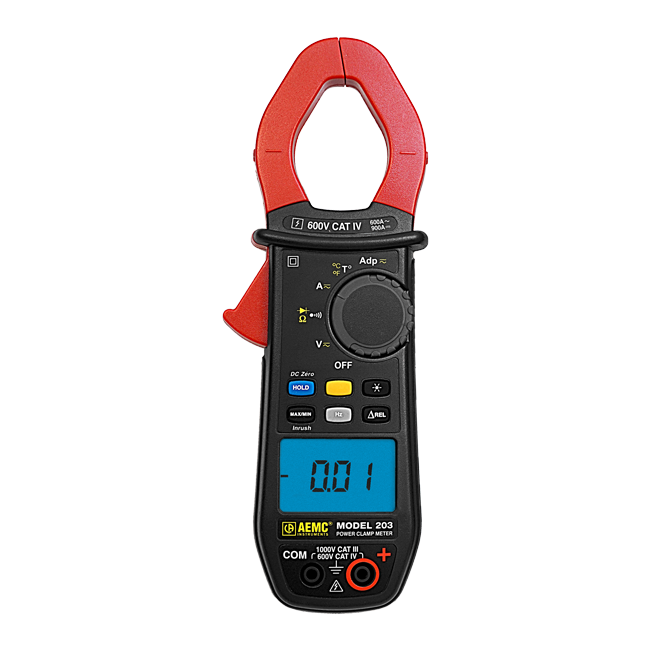(800) 343-1391 • (603) 749-6434
www.aemc.com
- Mega Menu
- Products
By Industry
Other Product Lines
- Learn
- Resources
- Support
- Customer Service
- Export
- Join our Mailing List
- Legal Notices
- Literature Request
- Policies
- Private Training
- Product End-of-Life Policy
- Repair and Calibration Services
- Returns
- Safety and Recall Notices
- Software/Firmware
- Technical Support
- Terms and Conditions
- Training Seminars
- Training Webinars
- Warranty Registration
- Where To Buy
- Store
- About Us
- Contact Us
- Products
- Cable Testers
- Clamp-On Meters
- Current Probes
- Data Loggers
- Decade Boxes
- Power Supplies/Generators
- Digital Multimeters
- Electrical Test Tools
- Environmental Testers
- Ground Resistance Testers
- GroundFlex® Field Kit
- Static Ground and Bond Test System Kit
- High Voltage Testers
- Megohmmeters - Insulation Testers
- Micro-Ohmmeters
- Multi-Function Installation Testers
- Oscilloscopes
- Power Analyzers / Energy Loggers
- Tachometers
- Thermal Imaging
- Digital Transformer Turns Ratiometers
- Accessories
- Learn
- Articles
- Resources
- Support
- Where to Buy
- Store
- Company
- Contact Us
ⓘ Due to recent tariff adjustments, product prices may be affected, and some surcharges may not yet be included in the prices shown.
We’re Sharing the Burden — Absorbing 50% of Tariff Costs to Help You Save. Learn More.
ⓘ Debido a los recientes ajustes en aranceles, los precios de los productos pueden verse afectados y algunos recargos podrán no estar incluidos en los precios mostrados en nuestro sitio web.
Para ayudarle a ahorrar, estamos asumiendo el 50% del costo de los aranceles. Más información en este enlace.
- Applications
- Clamp-on Meters
- What is Inrush Current?
What is Inrush Current?
Switching power supplies produces high inrush current at turn on, resulting from filter capacitor impedance. These large filter capacitors act like a short circuit, producing an immediate inrush surge current with a fast rise time.
Effects of Inrush Current: Inrush current can affect electrical components such as tripping circuit breakers and fuses. During startup, momentary contact bouncing in switches or relays may cause the contacts to become pitted due to arcing between the contact points. This surge in current can also cause serious damage, such as welding switch contacts together.
Measuring of Inrush Current: Measuring this high startup current is important to determine the proper corrective equipment to install, such as surge limiters, soft start devices or simply increasing wire size.
Meter Selection: Clamp-on meters are the product of choice by most electricians, maintenance and field technicians to detect inrush current.
When selecting a meter of this type, the important specs to look at is the peak capture time or transient response time and whether it has a peak hold function. Several meters on the market today claim to measure inrush but have response times of 100ms or longer. Most, if not all, of the inrush current has dissipated by the time these meters even begin to detect it.
